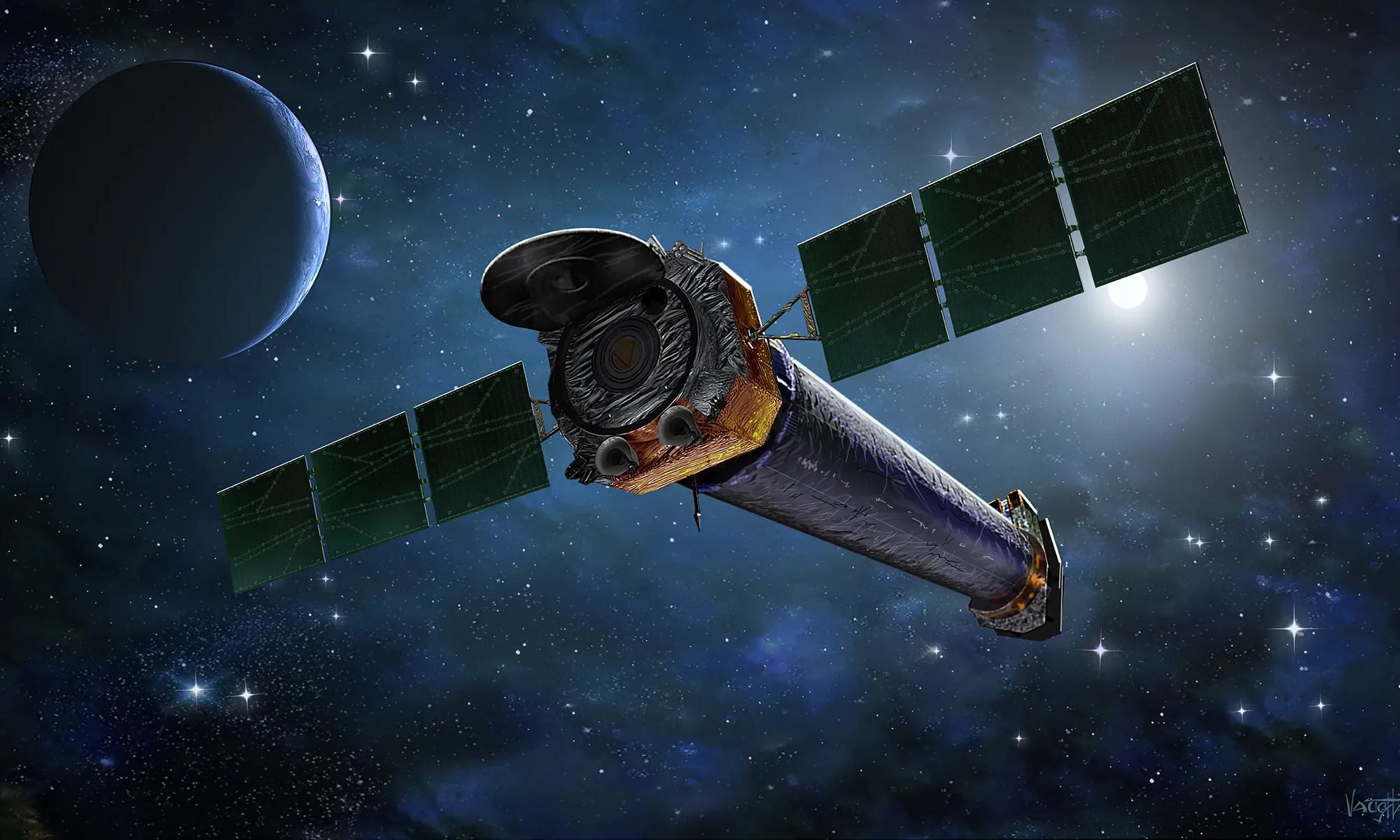NASA is Planning to Shut Down One of the Great Observatories to Save Money [View all]

MARCH 20, 2024 BY MARK THOMPSON
The US Government budget announcement in March left NASA with two billion dollars less than it asked for. The weeks that followed have left NASA with some difficult decisions forcing cuts across the agency. There will be a number of cuts across the agency but one recent decision came as quite a shock to the scientific community. NASA have just announced they are no longer going to support the Chandra X-Ray Observatory which has been operational since 1999 and made countless discoveries.
Chandra was launched back in 1999 and has become pivotal in the world of X-ray astronomy. X-ray observatories like Chandra have to be placed in orbit because the atmosphere blocks the X-ray radiation from reaching Earth. Like other high energy telescopes, the mirrors of Chandra have to be placed at shallow angles to the incoming high energy beams. If they were placed perpendicular the X-rays would zip straight through. Instead, multiple mirrors are placed at shallow angles to gently guide the radiation to a focus.
Since its launch it has captured high resolution X-ray images of black holes, supernova remnants, pulsars and galaxy clusters. The X-rays allow us to look deep inside these extreme objects to show detail which is usually impossible to see. It’s first image was the supernova remnant Cassiopeia A, it revealed forward and reverse shockwaves and ejecta from the pre-supernova state.

This X-ray image of the Cassiopeia A (Cas A) supernova remnant is the official first light image of the Chandra X-ray Observatory. The 5,000 second image was made with the Advanced CCD Imaging Spectrometer (ACIS). Two shock waves are visible: a fast outer shock and a slower inner shock. The inner shock wave is believed to be due to the collision of the ejecta from the supernova explosion with a circumstellar shell of material, heating it to a temperature of ten million degrees Celsius. The outer shock wave is analogous to an awesome sonic boom resulting from this collision. The bright object near the center may be the long sought neutron star or black hole that remained after the explosion that produced Cas A.
More:
https://www.universetoday.com/166247/nasa-is-planning-to-shut-down-one-of-the-great-observatories-to-save-money/

